Facts About The Acropolis Of Athens: Nestled majestically above the bustling city of Athens, the Acropolis stands as a testament to Greece’s rich cultural heritage and architectural prowess. This ancient citadel, adorned with timeless ruins and revered temples, beckons visitors worldwide to journey through millennia of history and legend. From its UNESCO World Cultural Heritage status to the contentious Parthenon Marbles, let us delve into seven captivating facts about the Acropolis of Athens, Greece.
1. A Beacon of Cultural Significance: UNESCO World Heritage Site
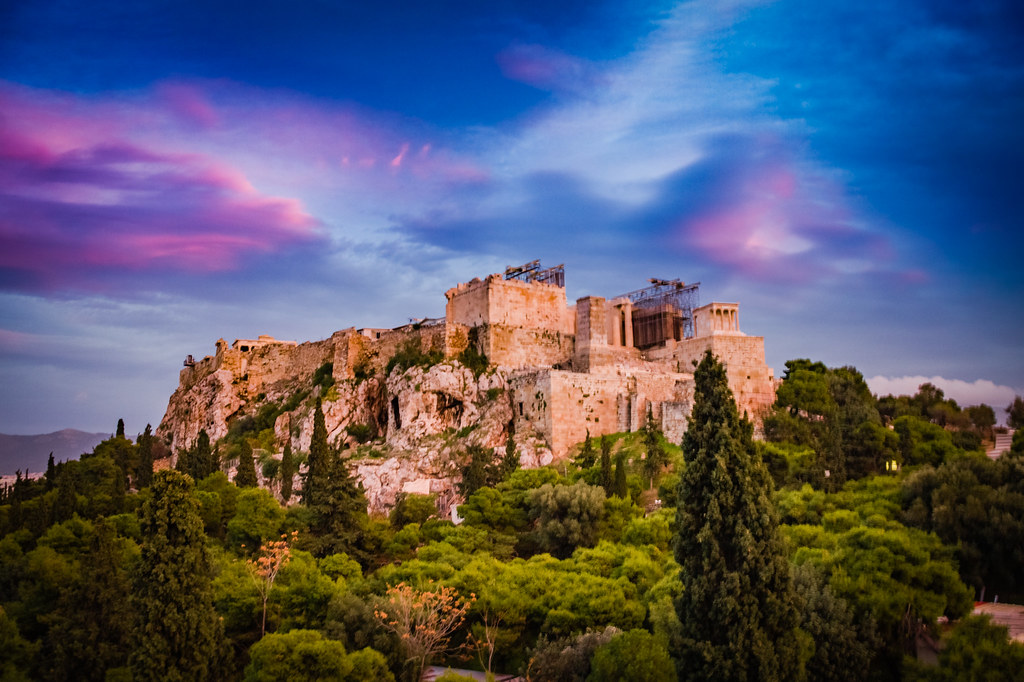
The Acropolis of Athens is a UNESCO World Cultural Heritage site, a testament to its unparalleled historical and architectural significance. Symbolizing the zenith of ancient Greek civilization, this iconic citadel serves as a beacon of cultural pride and heritage, drawing millions of visitors each year to marvel at its timeless splendor.
2. Pericles’ Vision: Architectural Marvel of the Acropolis
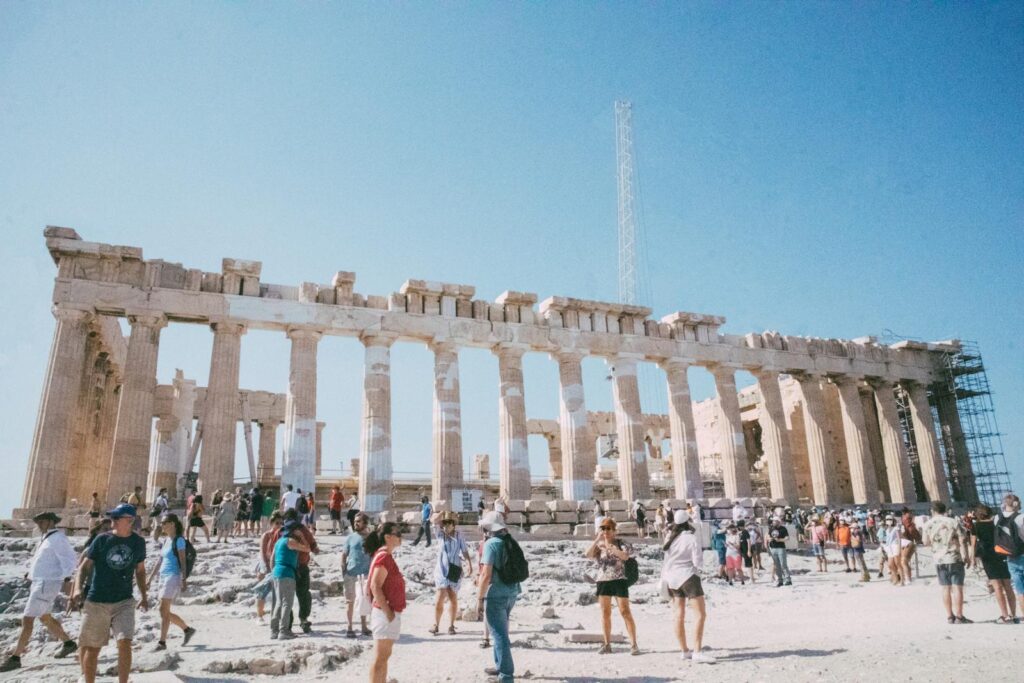
The architectural marvel of the Acropolis owes much of its grandeur to the vision of Pericles, an esteemed Athenian statesman. Tasked with overseeing its construction, Pericles played a pivotal role in transforming the Acropolis into the awe-inspiring complex that graces today’s Athenian skyline. Through his leadership and foresight, the Acropolis emerged as a testament to the ingenuity and ambition of Ancient Greece.
3. Guardians of Antiquity: Ancient Buildings of the Acropolis
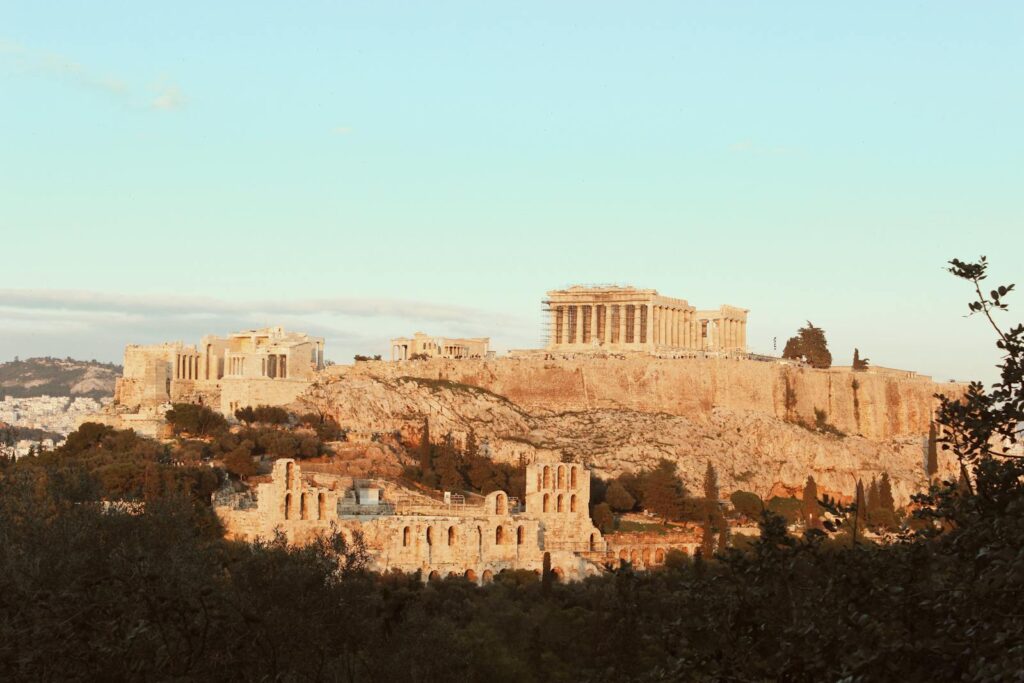
At the heart of the Acropolis lie the remnants of ancient buildings that echo the grandeur of a bygone era. From the majestic Parthenon to the stately Propylaia, these architectural marvels stand as guardians of antiquity, bearing witness to the rich tapestry of Greek history and culture. Adorned with intricate carvings and timeless symbolism, each structure serves as a testament to the enduring legacy of classical Greece.
4. Parthenon: Temple of Athena and Cultural Icon
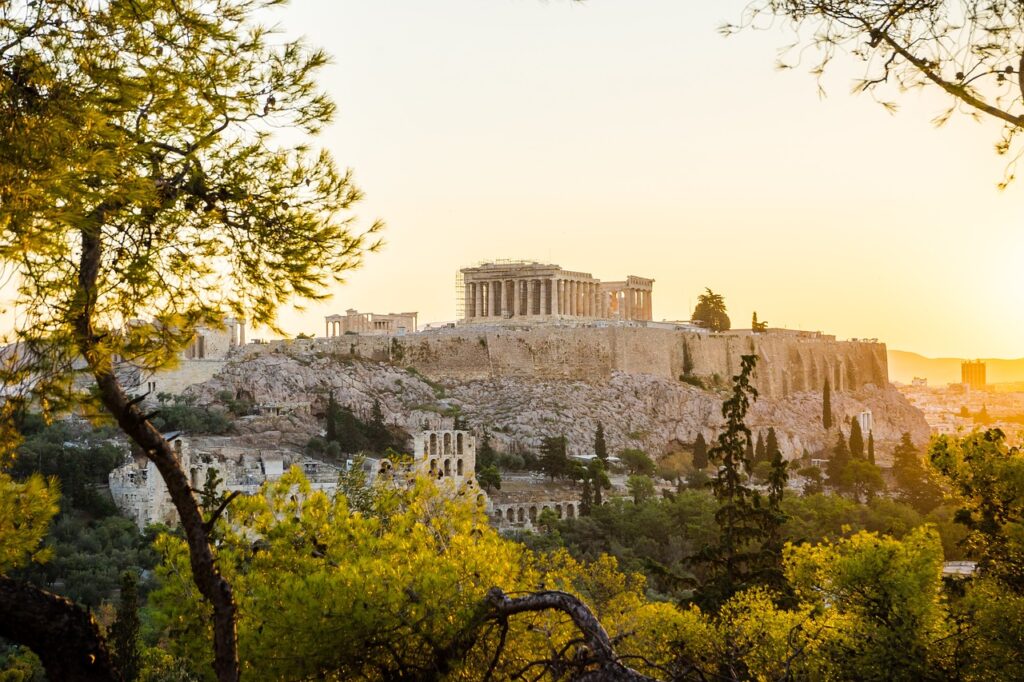
The Parthenon, a crowning jewel of the Acropolis, is a testament to Greek architectural mastery and devotion to the goddess Athena. Serving as both a temple and treasury of Athens, the Parthenon embodies the ideals of classical Greece, its majestic columns and intricate friezes a testament to the reverence bestowed upon Athena, the city’s patron deity.
5. The Lost Colossus: Athena Promachos
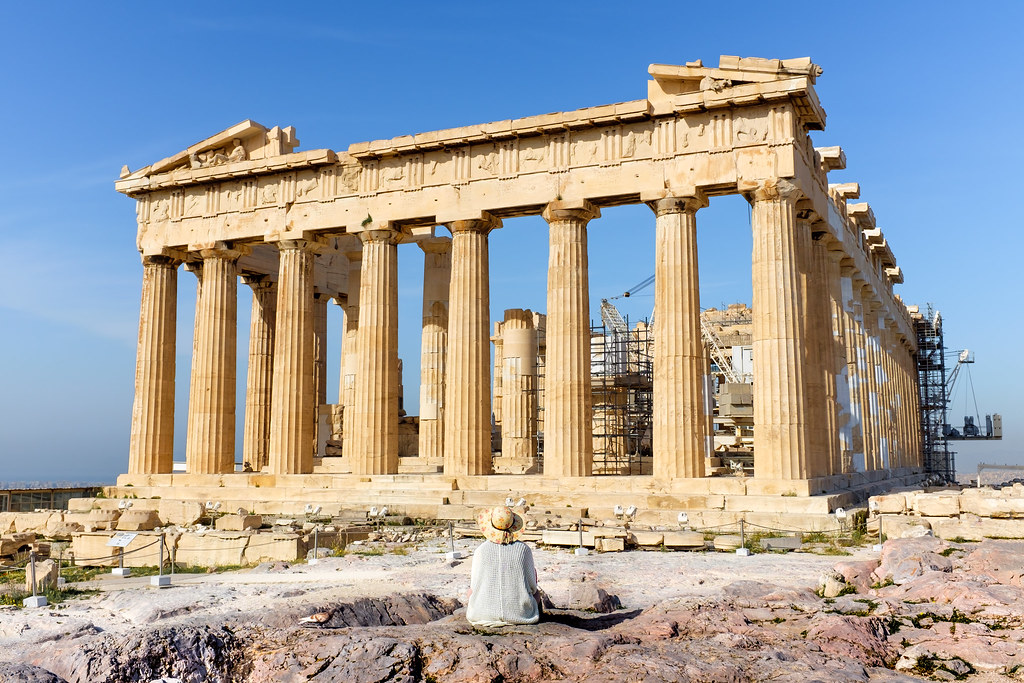
Once standing proudly within the hallowed halls of the Parthenon was the colossal statue of Athena Promachos, a symbol of Athenian strength and victory. Crafted by the renowned sculptor Pheidias, this towering masterpiece embodied the resilience and courage of the Athenian people. Though lost to the annals of time, the legacy of Athena Promachos endures as a testament to the indomitable spirit of Ancient Greece.
6. The Quest for Restitution: The Parthenon Marbles
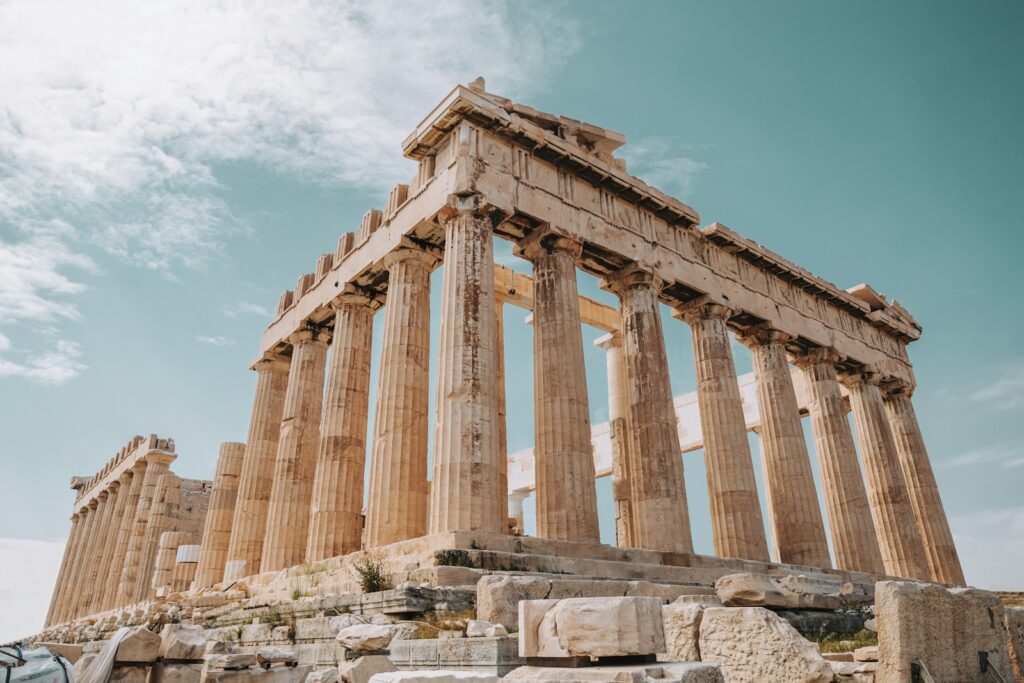
Fragments of the Parthenon’s illustrious past lie scattered across the halls of museums worldwide, none more contentious than the Parthenon Marbles. Removed from Greece by Lord Elgin in the 19th century, these priceless artifacts have sparked debate and controversy, igniting a genuine call to return to their rightful home atop the Acropolis. As Greece seeks restitution for its cultural heritage, the legacy of the Parthenon Marbles remains a poignant reminder of the complexities of cultural ownership and preservation.
7. Echoes of Antiquity: Parthenon Carvings Across Continents
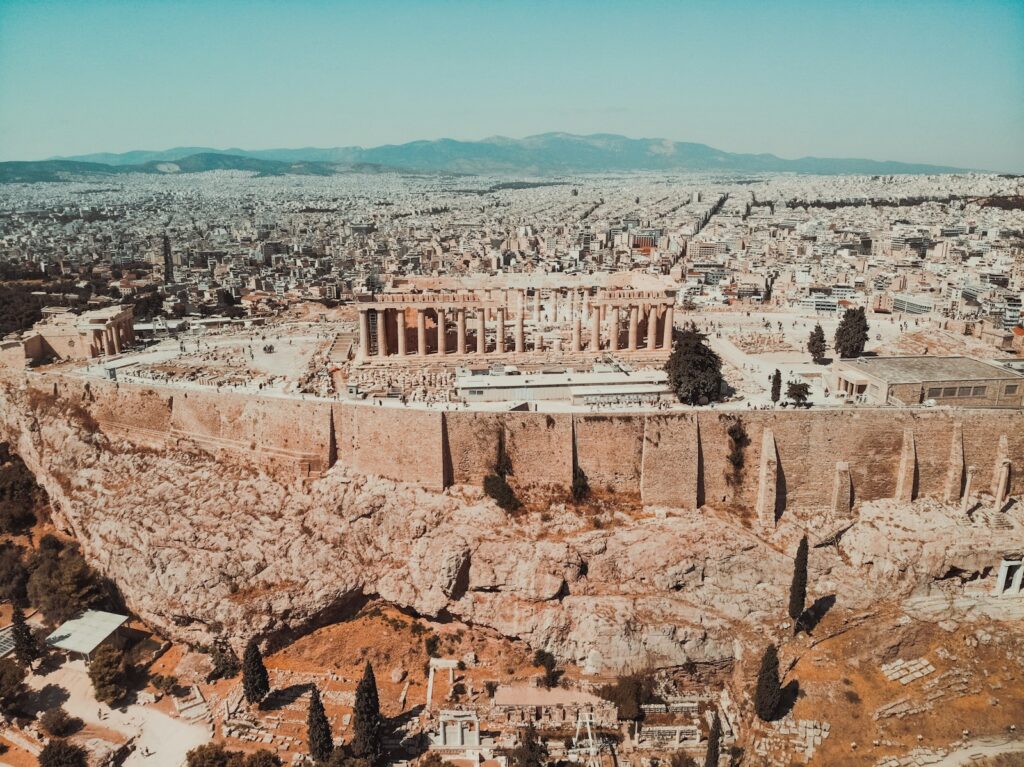
While the Acropolis stands as a testament to Greece’s enduring legacy, echoes of its antiquity resonate far beyond the shores of Athens. Original carvings from the Parthenon find sanctuary in museums across the globe, from the British Museum in London to the Louvre in Paris. These timeless relics serve as ambassadors of Greek culture, their presence a poignant reminder of the universal allure and significance of the Acropolis.
In Conclusion, As the sun sets over the timeless ruins of the Acropolis, a sense of reverence and awe envelops visitors, reminding them of the enduring legacy of Ancient Greece. From its storied past to its contentious present, the Acropolis stands as a beacon of cultural pride and heritage, inviting all who venture within its hallowed halls to embark on a journey through the annals of history. As Greece continues to preserve and protect its cultural treasures, the Acropolis remains an enduring symbol of the nation’s indomitable spirit and timeless legacy.
FAQs (Frequently Asked Questions) Facts About The Acropolis Of Athens
1. Why is the Acropolis considered a UNESCO World Heritage Site?
The Acropolis of Athens holds UNESCO World Cultural Heritage status due to its unparalleled historical and architectural significance. It serves as a testament to the zenith of ancient Greek civilization.
2. Who was responsible for overseeing the construction of the Acropolis?
Pericles, an esteemed Athenian statesman, played a pivotal role in overseeing the construction of the Acropolis, imbuing the citadel with grandeur and splendor.
3. What are some of the notable ancient buildings within the Acropolis?
The Acropolis is home to several ancient buildings, including the Parthenon, Propylaia, Erechtheion, and Temple of Athena Nike, each bearing witness to Greece’s rich cultural heritage and architectural prowess.
4. Why is the Parthenon considered a cultural icon?
The Parthenon serves as a temple to the goddess Athena and a treasury of Athens. It embodies the ideals of classical Greece and symbolizes the city’s cultural and religious significance.
5. What is the significance of the Parthenon Marbles?
Removed from Greece in the 19th century, the Parthenon Marbles are a source of controversy and debate as Greece seeks their return to their rightful home atop the Acropolis.
6. Where can original carvings from the Parthenon be found?
Original carvings from the Parthenon can be found in museums worldwide, including the British Museum in London, the Louvre in Paris, and the National Museum of Denmark in Copenhagen.


 "
"




